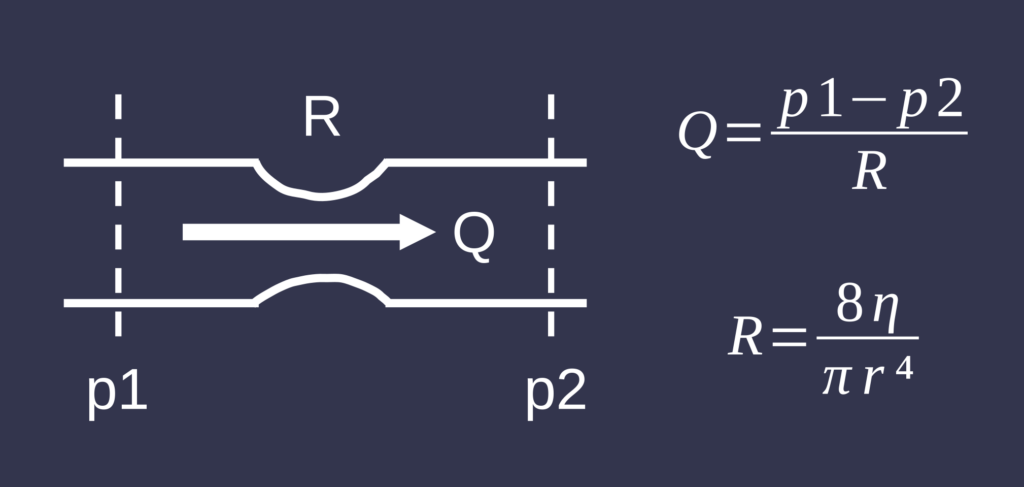The relationship between pressure and flow can vary depending on the type of fluid and the system in which it moves. Generally speaking, pressure is what drives flow, but the flow rate is influenced by resistance or obstacles in the system.
For example, in liquids moving through pipes, there are a couple of important principles to consider. Bernoulli’s Principle explains that as the speed of a fluid increases, its pressure decreases. So, when water flows faster through a narrower section of a pipe, the pressure in that area drops. On the other hand, Poiseuille’s Law deals with how flow rate is affected by resistance in the system. In smooth or laminar flow, the flow rate is directly proportional to the pressure difference between two points. The greater the pressure difference, the faster the fluid will flow, but the flow also depends on factors like the pipe’s length, diameter, and the fluid’s viscosity. Narrower pipes or thicker fluids will reduce the flow, even if the pressure stays the same.

When dealing with gases, which are compressible fluids, the relationship between pressure and flow becomes more complex. Generally, increasing pressure on a gas will increase its flow rate, but gases can expand or compress, so the relationship isn’t always straightforward.
In many ways, the relationship between pressure, flow, and resistance in fluid dynamics is similar to how electrical circuits work. Just as electrical current is related to voltage and resistance, fluid flow depends on the pressure difference and the resistance it faces. Higher pressure results in more flow if resistance stays the same, but increasing the resistance will reduce flow for a given pressure.
Pressure and flow are closely connected, with higher pressure driving higher flow, but resistance in the system—whether from the fluid’s properties or the physical structure—determines how much flow will actually occur.
In hemodynamics, pressure is typically measured in millimeters of mercury (mmHg), while flow is expressed in either milliliters per second (ml/s) or liters per minute (L/min).
